Sony Xperia XA1 and XA1 Ultra specs comparison: let's see how much punch do Sony's new budget-friendly phones pack
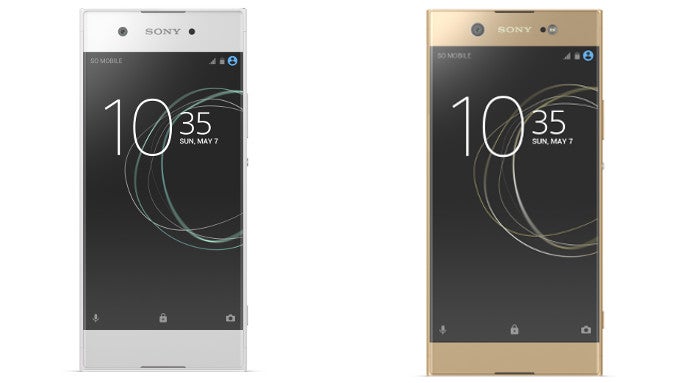
The Sony Xperia XA1 (left) and the Sony Xperia XA1 Ultra (right)
Sony's new Xperia XA1 and XA1 Ultra have broken cover today and they seem like two very interesting smartphones. Both the XA1 and XA1 Ultra aim to entice consumers who are looking for a more budget-friendly handset, but in order to find out if they truly are a viable option, we need to match them against phones with similar characteristics and price ranges.
As Sony's new mid-range models differ in size, performance and price, we'll divide this comparison into two sections, starting with the smaller Xperia XA1. Let's dig in!
Sony Xperia XA1 vs Samsung Galaxy A5 (2017) vs HTC U Play
A battle of upper mid rangers
First, it's worth pointing out that the Xperia XA1 has a 5-inch display, which it slightly smaller than the ones you'll find on the Galaxy A5 and HTC U Play (respectively 5.2" and 5.15"). Unfortunately, Sony has opted to stick with a 720p screen on the XA1, while the A5 and U Play boast Full HD (1080p) resolutions. Another trait of the device that doesn't inspire too much confidence is its 2300 mAh battery, although Sony is famous for providing excellent battery optimization.However, not every characteristic of the Xperia XA1 is underwhelming. Its MediaTek Helio P20 chipset is the most powerful of the bunch, and even though more megapixels don't always guarantee the superiority of a camera, XA1's main snapper looks really good on paper. Combine that with the lowest asking price among the three, and suddenly the XA1 looks much more alluring.
You can pick up the rest of the differences between the trio in the table below, but as the list is quite large, make sure that you don't forget to see how the XA1 Ultra fares against its competitors.
Display
Size
Technology
Super AMOLED
S-LCD
IPS LCD
Screen-to-body
71.51 %
70.01 %
70.87 %
Features
Scratch-resistant glass, Ambient light sensor, Proximity sensor
Scratch-resistant glass, Ambient light sensor, Proximity sensor
Scratch-resistant glass, Ambient light sensor, Proximity sensor
Hardware
System chip
Samsung Exynos 7 Octa 7880 (14 nm)
MediaTek Helio P10 MT6755
MediaTek Helio P20 MT6757
Processor
GPU
Mali-T830 MP3
Mali-T860 MP2
Mali-T880 MP2
RAM
Internal storage
32GB
32GB
32GB
OS
Android (8.0 Oreo, 7.0 Nougat, 6.0 Marshmallow)
Android (7.0 Nougat), HTC Sense UI
Android (8.0 Oreo, 7.0 Nougat)
Battery
Capacity
3000 mAh
2500 mAh
2300 mAh
Charging
Fast charging
Fast charging
MediaTek Pump Express
Talk time
the average is 13 h (780 min)
Stand-by time
the average is 25 days (600 h)
Talk time (3G)
the average is 0 h (0 min)
the average is 0 h (0 min)
the average is 0 h (0 min)
Stand-by time (3G)
the average is 0 days (0 h)
the average is 0 days (0 h)
Talk time (4G)
15 hours
Stand-by time (4G)
the average is 0 days (0 h)
the average is 0 days (0 h)
Internet use
3G: 13 hours; LTE: 16 hours; Wi-Fi: 18 hours
Music playback
53.00 hours
55.32 hours
Video playback
19.00 hours
7.35 hours
Camera
Rear
Single camera
Single camera
Single camera
Main camera
Specifications
Aperture size: F1.9
Focal length: 27 mm
Focal length: 27 mm
Aperture size: F2.0
Focal length: 28 mm
Pixel size: 1 μm
Focal length: 28 mm
Pixel size: 1 μm
Aperture size: F2.0
Focal length: 24 mm
Sensor size: 1/2.3"
Focal length: 24 mm
Sensor size: 1/2.3"
Video recording
1920x1080 (Full HD) (30 fps)
1920x1080 (Full HD) (30 fps)
1920x1080 (Full HD) (30 fps)
Features
Video calling, Video sharing
Hyperlapse, Picture-taking during video recording, Video calling, Video sharing
EIS, Video calling, Video sharing
Front
16 MP
16 MP
8 MP
Video capture
1920x1080 (Full HD) (30 fps)
1920x1080 (Full HD) (30 fps)
Design
Dimensions
(146.1 x 71.4 x 7.9 mm)
(145.99 x 72.9 x 7.99 mm)
(145 x 67 x 8 mm)
Weight
the average is 6.3 oz (181 g)
the average is 6.3 oz (181 g)
the average is 6.3 oz (181 g)
Materials
Back: Glass
Frame: Metal
Frame: Metal
Back: Glass
Frame: Aluminum
Frame: Aluminum
Resistance
Water, Dust; IP68
Biometrics
Fingerprint (touch)
Fingerprint (touch)
Features
Touch sensitive control keys
Touch sensitive control keys
Buyers information
MSRP
$ 440
$ 299
See the full Samsung Galaxy A5 (2017) vs HTC U Play vs Sony Xperia XA1 specs comparison or compare them to other phones using our Phone Comparison Tool.
Sony Xperia XA1 Ultra vs Samsung Galaxy A9 (2016) vs LG V20
Big phones fight it out in a specs showdown
In its presentation, Sony didn't reveal an exact release date or price for the XA1 Ultra, but said that we can expect the handset sometime this summer. Despite that, if we take the $299.99 price from the smaller XA1 variant and add $100 to $150, we can make a fairly accurate estimation that the device will probably cost around $400 to $450. At this range, its leading mainstream big-screen adversaries seem to be the Samsung Galaxy A9 and LG's high-end V20 model. This might make the XA1 Ultra a bit of a tough sell, as for a little extra cash, one can opt to go for the V20 and its top-notch hardware.Still, the XA1 Ultra does does sport some pretty decent specifications. This large 6-inch phablet sports the same MediaTek Helio P20 chipset as the smaller XA1, but boasts 4 GB of ram and 64 GB of internal storage. It's 23 MP main camera looks very solid, but the front selfie cam truly stands out with its 16 megapixels, Optical Image Stabilization and high ISO numbers for photo and video.
Let's see how these devices differ in terms of their specs, and feel free to also share your thoughts about how much specs affect your buying decisions.
Display
Size
Technology
Super AMOLED
IPS LCD
Screen-to-body
75.70 %
72.40 %
76.10 %
Features
Ambient light sensor, Proximity sensor
Scratch-resistant glass, Ambient light sensor, Proximity sensor
Scratch-resistant glass, Ambient light sensor, Proximity sensor
Additional display
160 x 1040 px, Color, Touch screen: Yes, Capacitive
Hardware
System chip
Qualcomm Snapdragon 652 8976 (28 nm)
Qualcomm Snapdragon 820 MSM8996 (14 nm)
MediaTek Helio P20 MT6757
Processor
GPU
Adreno 510
Adreno 530
Mali-T880 MP2
RAM
Internal storage
32GB
64GB
32GB
OS
Android (6.0 Marshmallow, 5.1 Lollipop)
Android (8.0 Oreo, 7.0 Nougat), LG UX UI
Android (8.0 Oreo, 7.0 Nougat)
Battery
Capacity
4000 mAh
3200 mAh
2700 mAh
Charging
Qualcomm Quick Charge 2.0
Qualcomm Quick Charge 3.0
MediaTek Pump Express
Talk time
the average is 13 h (780 min)
the average is 13 h (780 min)
Stand-by time
the average is 25 days (600 h)
the average is 25 days (600 h)
Talk time (3G)
the average is 0 h (0 min)
Stand-by time (3G)
the average is 0 days (0 h)
Stand-by time (4G)
the average is 0 days (0 h)
Music playback
64.95 hours
Video playback
8.63 hours
Camera
Rear
Single camera
Dual camera
Single camera
Main camera
Specifications
Aperture size: F1.9
Aperture size: F1.8
Focal length: 29 mm
Sensor size: 1/2.8"
Focal length: 29 mm
Sensor size: 1/2.8"
Aperture size: F2.0
Focal length: 24 mm
Sensor size: 1/2.3"
Focal length: 24 mm
Sensor size: 1/2.3"
Second camera
8 MP (Ultra-wide)
Specifications
Aperture size: F2.4
Focal Length: 12 mm
Sensor size: 1/3.2"
Focal Length: 12 mm
Sensor size: 1/3.2"
Video recording
3840x2160 (4K UHD) (30 fps)
3840x2160 (4K UHD) (30 fps), 1920x1080 (Full HD) (30 fps), 1280x720 (HD) (120 fps)
Yes
Features
Video calling
Continuous autofocus, Object tracking, EIS, Video calling, Video sharing
HDR, Object tracking, EIS, Video calling, Video sharing
Front
8 MP
5 MP
16 MP
Video capture
1920x1080 (Full HD)
Design
Dimensions
(161.7 x 80.9 x 7.4 mm)
(159.7 x 78.1 x 7.6 mm)
(165 x 79 x 8.1 mm)
Weight
the average is 6.3 oz (181 g)
the average is 6.3 oz (181 g)
the average is 6.3 oz (181 g)
Materials
Frame: Metal
Back: Aluminum
Frame: Aluminum
Resistance
Shock; MIL-STD-810 certified
Biometrics
Fingerprint (touch)
Fingerprint (touch)
Features
Touch sensitive control keys
See the full Samsung Galaxy A9 (2016) vs LG V20 vs Sony Xperia XA1 Ultra specs comparison or compare them to other phones using our Phone Comparison Tool.
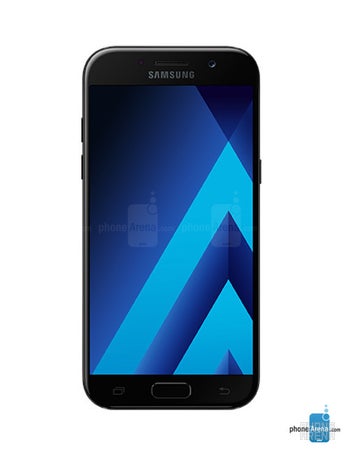


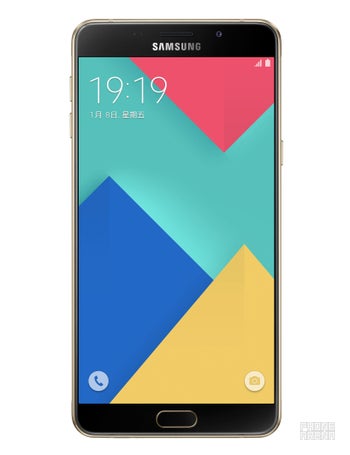
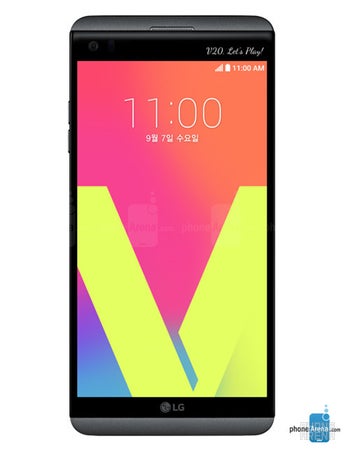
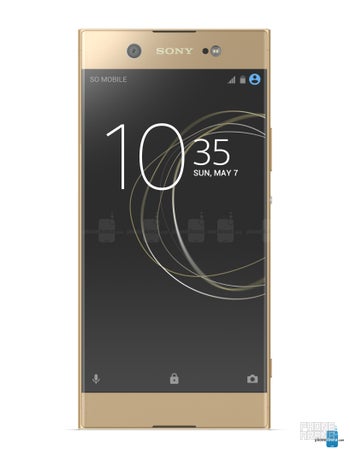

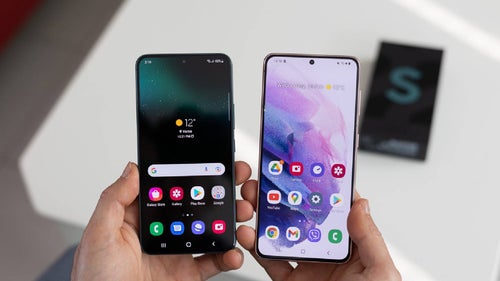

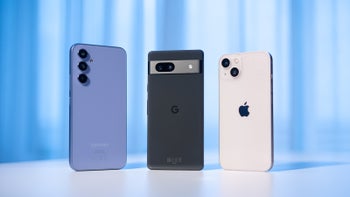
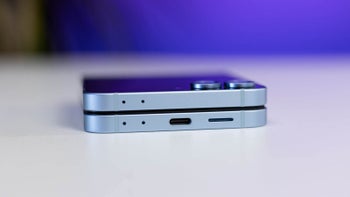
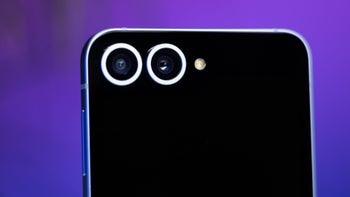
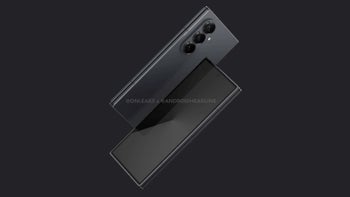
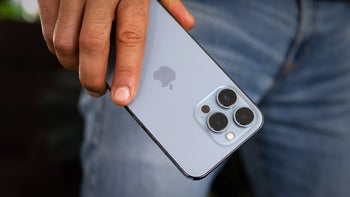

Things that are NOT allowed: